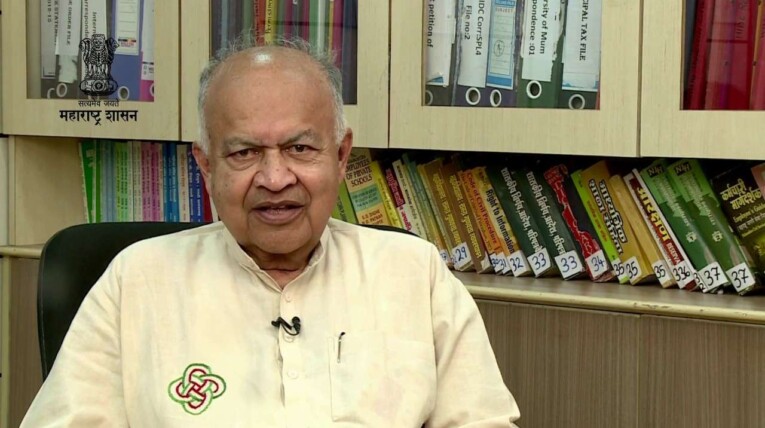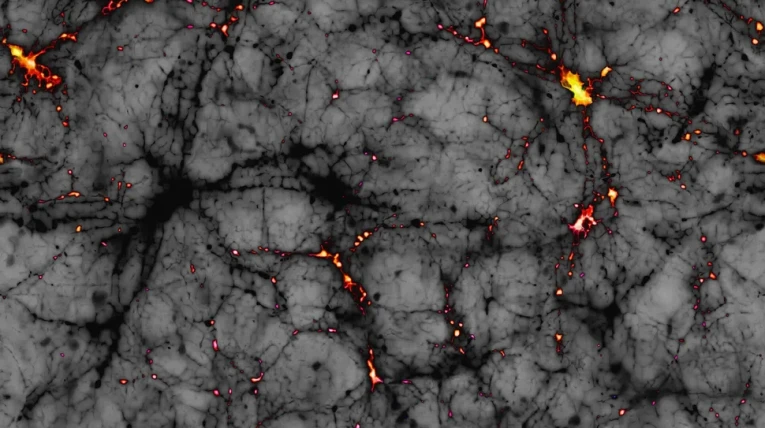There are people whose eyes go far beyond our planet’s boundaries into the great emptiness of space, where galaxies adorn the night sky and stars perform in a cosmic dance. George Ogden Abell, a visionary astronomer whose voyage into the unknown has revealed the mysteries of the cosmos, stands among these cosmic explorers. Let us set out on a celestial journey today, exploring the constellations of the remarkable life and accomplishments of George Ogden Abell in astronomy.
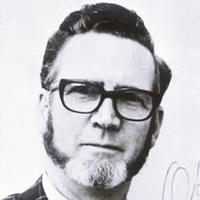
Credits: FamilySearch
The American professor George Ogden Abell made a lasting impact on academia and astronomy. He, was born in Los Angeles, California, on March 1, 1927, had an intriguing educational and astronomical journey that was enriched with enthusiasm, investigation, and a commitment to communicating the wonders of the universe.
EARLY YEARS
A strong academic background laid the groundwork for Abell’s educational and astronomical path. In 1947, he graduated with a bachelor’s degree in physics from the California Institute of Technology (Caltech), laying the groundwork for a career spanning research, management, and teaching.
Leaving his academic background behind, He became a research astronomer and explored the depths of the universe, making a significant contribution to the ground-breaking Palomar Observatory Sky Survey. His standing as a pioneer in observational astronomy was cemented by the thousands of galaxies, quasars, and other celestial objects found during this massive photographic survey of the night sky.
TRANSITION TO EDUCATION
Abell entered the teaching profession as a result of his endless curiosity and passion for sharing the universe’s wonders. When he enrolled at the University of California, Los Angeles (UCLA) in the early 1960s, he had a major career shift. He adeptly blended his extensive background in research with his more recent appointment as a lecturer at UCLA, captivating students’ interest with his rich knowledge and engaging style of instruction.
His lectures as a professor at UCLA established the astronomy department. His ability to make difficult ideas understandable motivated a new generation of astronomers. His influence extended beyond the classroom thanks to his dedication to student mentorship and promoting an atmosphere of intellectual inquiry.
THE ABELL’S CATALOG
The Abell’s catalog comprises 4,073 rich galaxy clusters with a redshift of z ≤ 0.2, originating from George O. Abell’s “Northern Survey” of 1958. It was expanded with the “Southern Survey” to include previously omitted regions, resulting in 1,361 additional clusters. Harold G. Corwin and Ronald P. Olowin completed this supplement. The catalog’s meticulous criteria ensure its significance in astronomical research, offering both amateur and professional astronomers valuable insights into the cosmos.
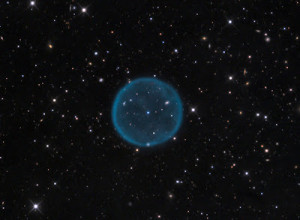
LEADERSHIP
Abell was a leader who went above and beyond the classroom. He took on a variety of administrative responsibilities, each of which helped the educational establishments he was associated with flourish and expand. During his time as the chair of the UCLA Department of Astronomy, he demonstrated his administrative skills by influencing the department’s research objectives and instructional programs.
His impact on higher education was not limited to the astronomy world. His commitment to improving education and creating a culture of academic achievement made a lasting impression on both UCLA and the larger profession of scientific education. He became a committed science popularizer, therefore his influence extended beyond academic circles. His books, talks, and media appearances demonstrated his capacity to explain the wonders of the universe to a wider audience. He became a prominent figure in scientific communication and a sought-after lecturer due to his excitement for astronomy and ability to make complex subjects understandable.
LEGACY
George Ogden Abell’s contributions to astronomy and education did not go unnoticed. He received multiple honors for his efforts, including the coveted Richtmyer Memorial Award in 1963 for his exceptional contributions to the field of physics teaching. He was inducted as fellow of the Royal Astronomical Society in year 1970. A asteroid “Asteroid 3449 Abell” was named after him as respect of honor.
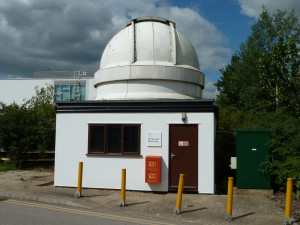
The George Abell Observatory, situated at the Walton Hall campus of the Open University, holds historical significance for astronomy education, having collaborated with Professor George Ogden Abell on the inaugural ‘Understanding Space and Time’ course in 1983. Notably, during the passage of Halley’s Comet in 1985-86, the observatory provided students and researchers with the opportunity to observe this celestial event, showcasing its practical role in hands-on astronomical education.
His literary contributions spanned various aspects of astronomy and critical inquiry. His seminal works include “Exploration of the Universe” (1970), a comprehensive textbook widely used in introductory astronomy courses, and its more accessible counterpart, “Realm of the Universe” (1982). He also co-authored “Science and the Paranormal” (1981), a critical examination of parapsychology. Additionally, he provided instructor’s manuals for his textbooks and edited “Objects of High Redshift” (1980), a compilation of symposium papers on distant celestial objects. His writings still continue to impact astronomers and educators.
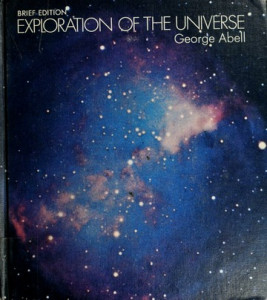
George Ogden Abell is an influential figure in astronomy and academics, and his influence may be seen in the larger picture of American educators. His career path, which included studying the universe as a research astronomer and raising children at UCLA, presents an inspiring and committed picture of an educator. His legacy provides direction for individuals who want to solve the universe’s riddles and spread the excitement of discovery to everyone. He has left an enduring legacy that inspires and motivates future astronomers and educators with his groundbreaking work.
ENJOYED READING THIS? CONSIDER READING- Unraveling the Genius of Isaac Newton: From Education to Everyday Application
- Friedmann’s best work: Not just a WW1 Russian pilot
- Jayant Narlikar’s contribution to astronomy and Astrophysics


